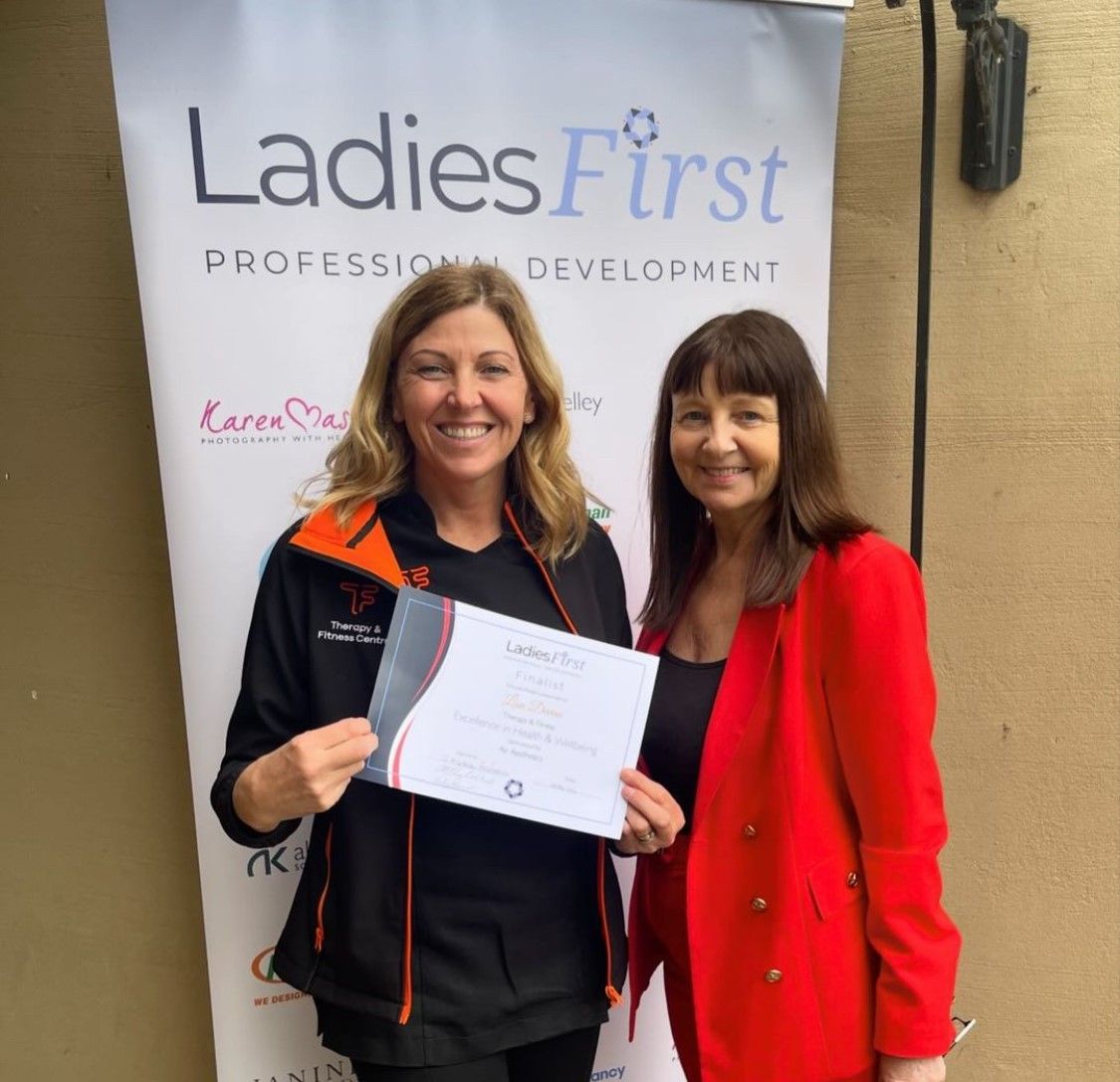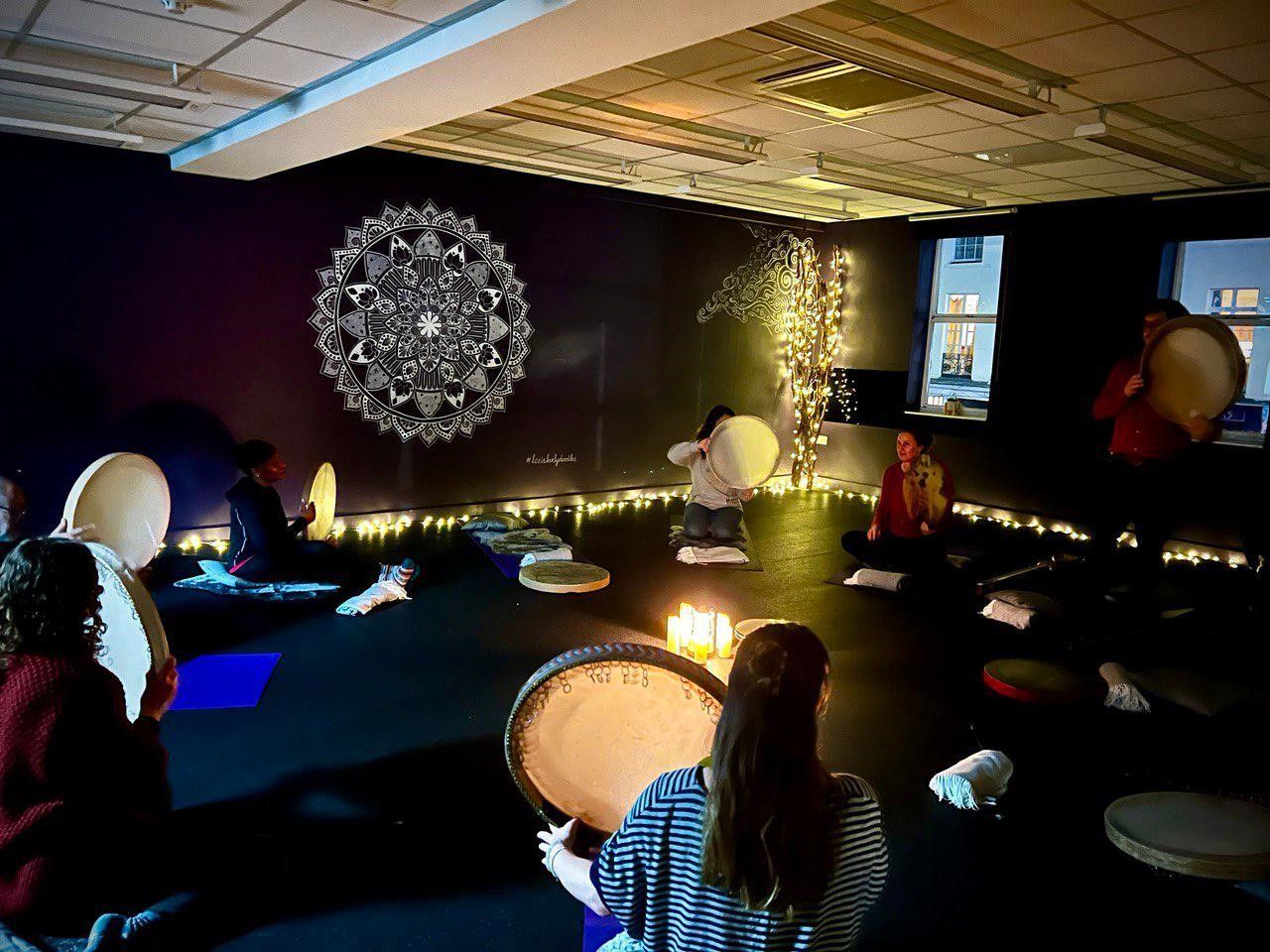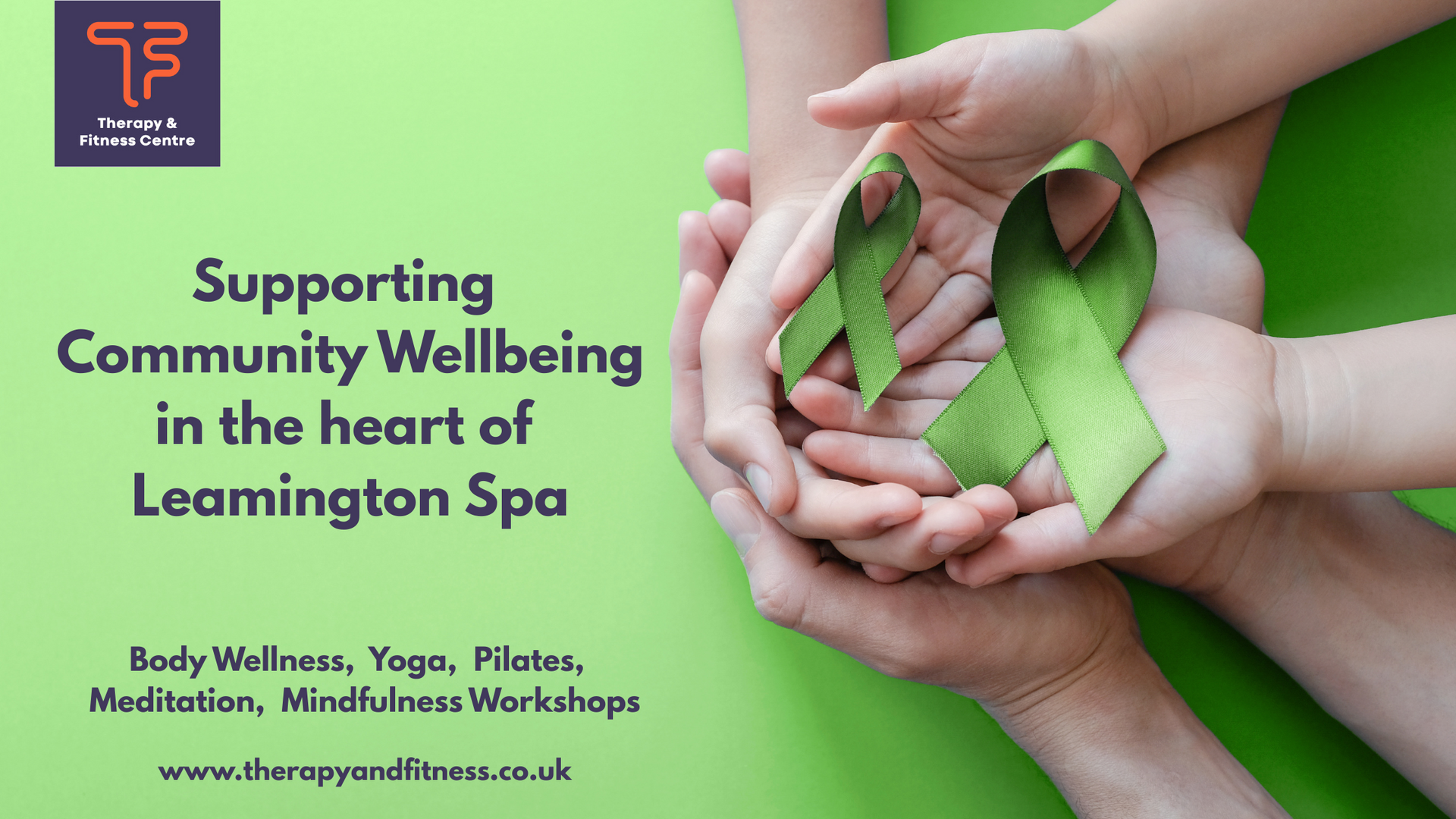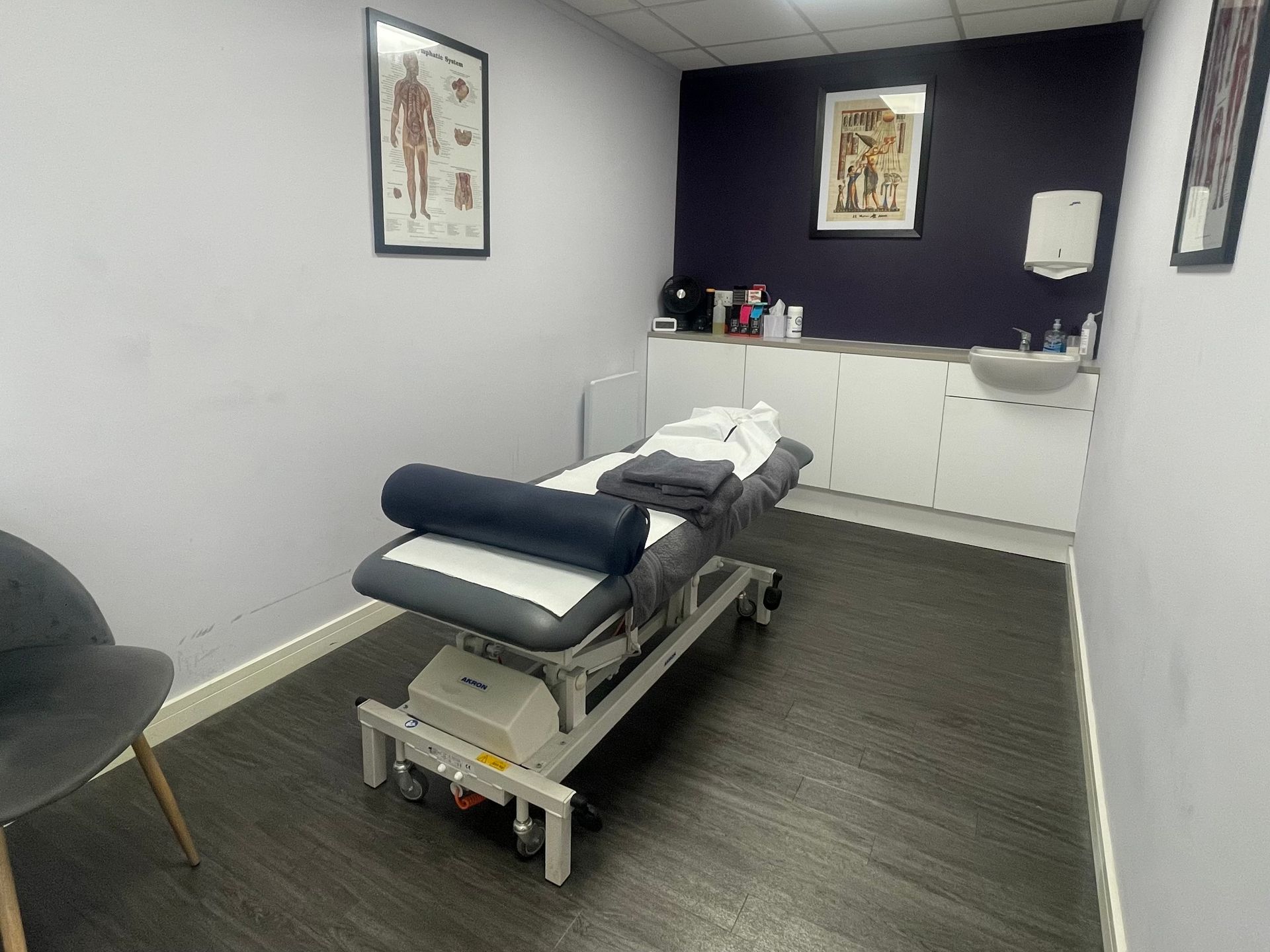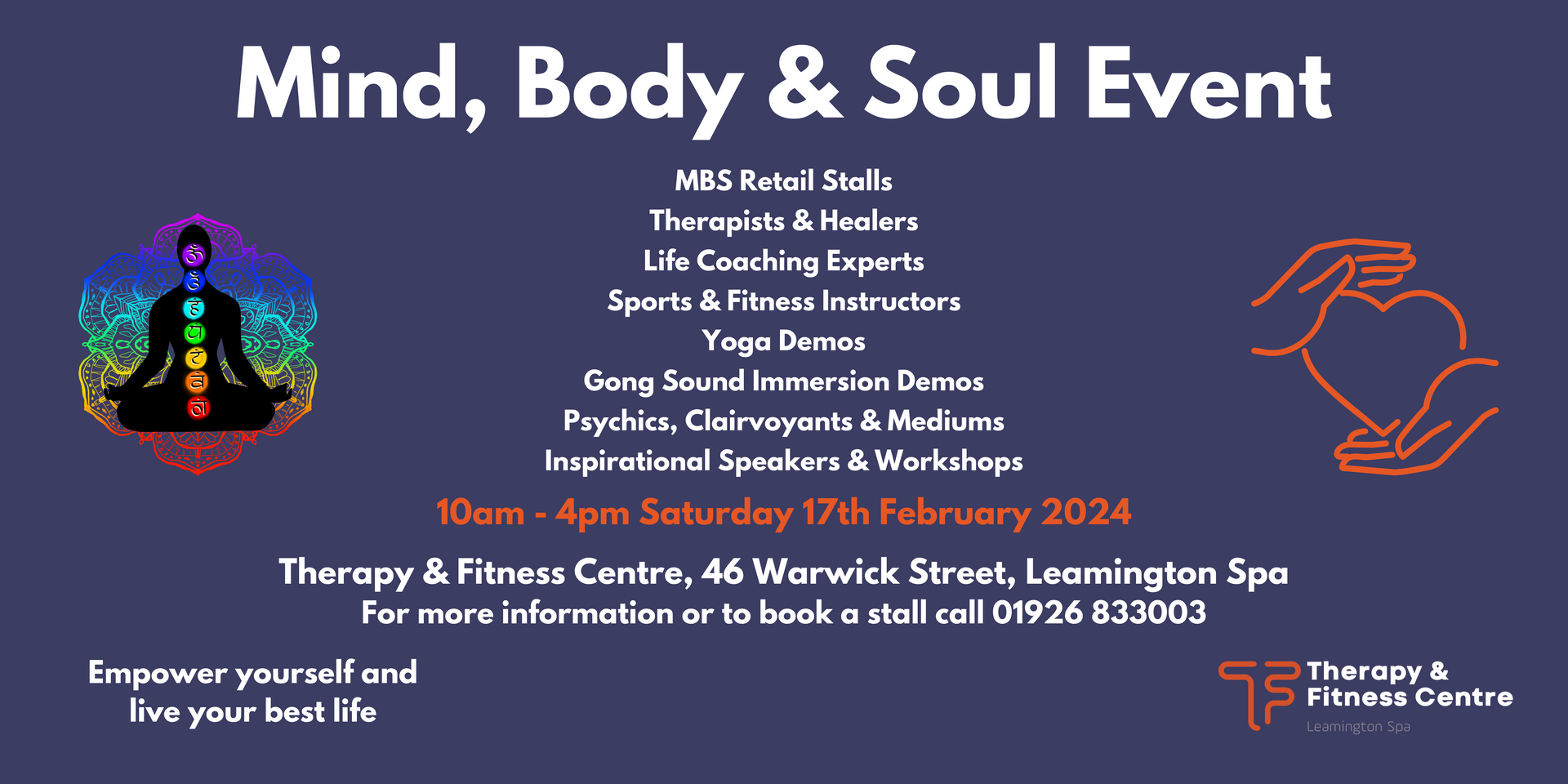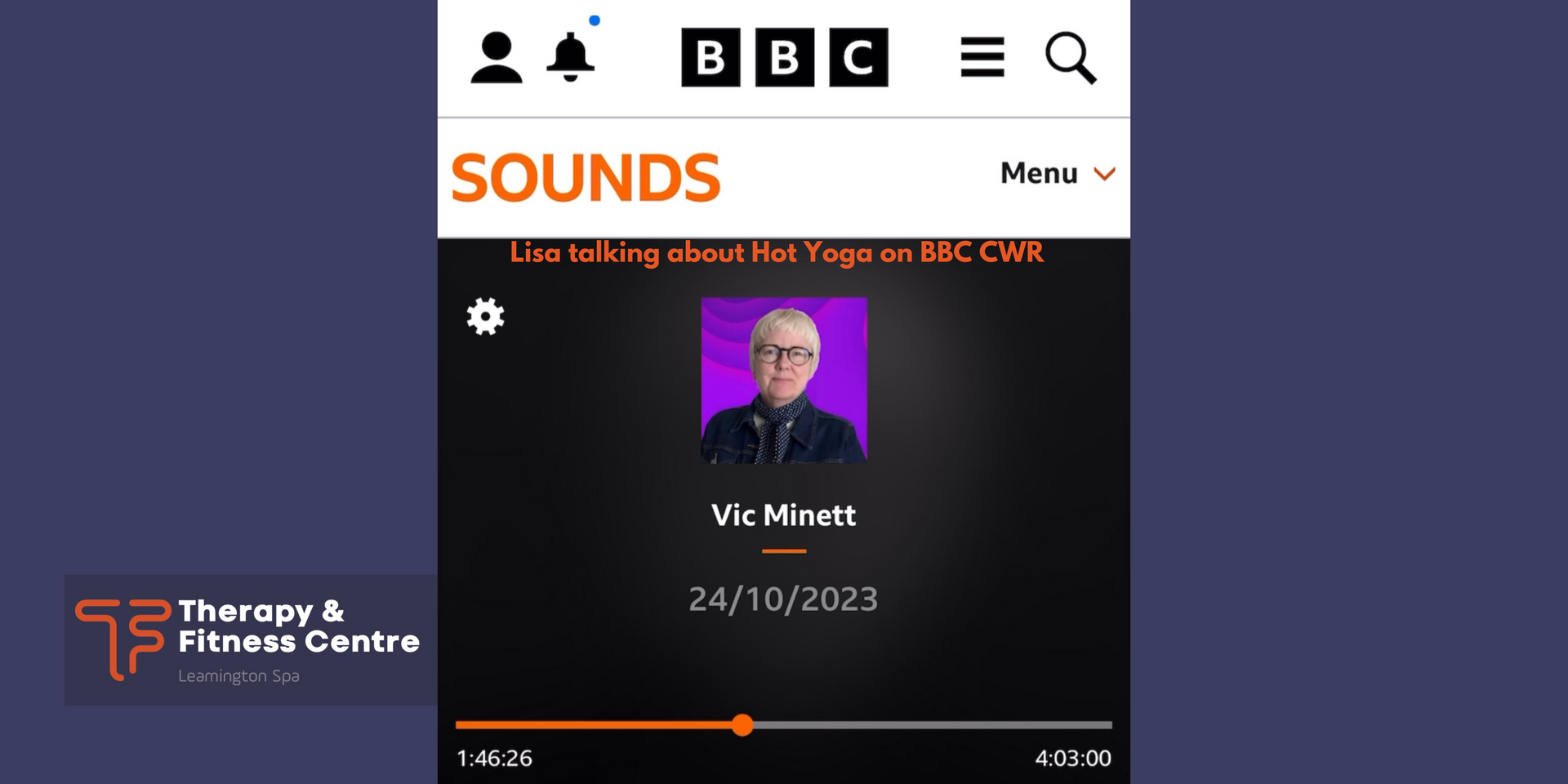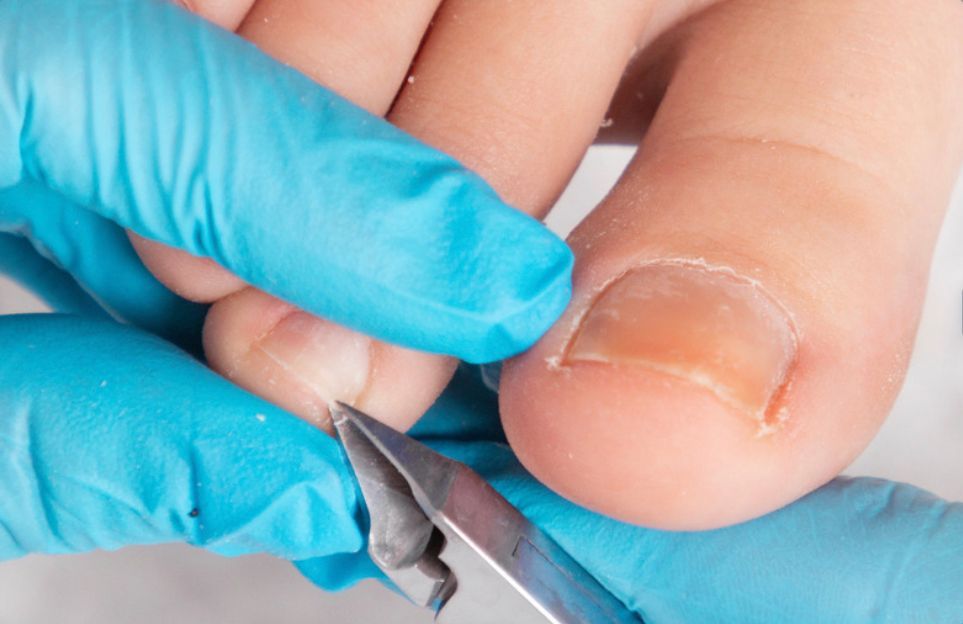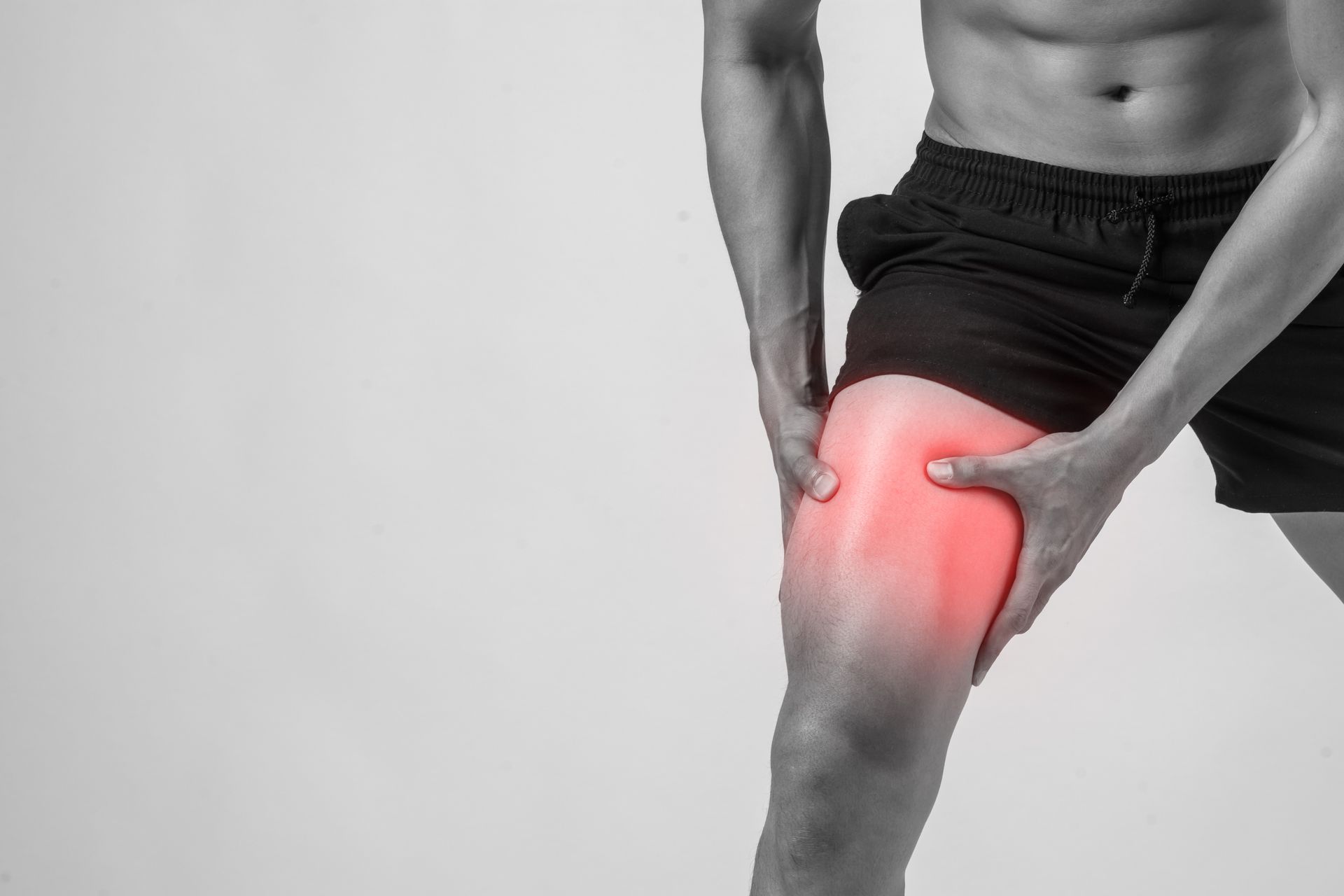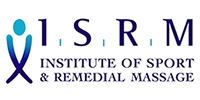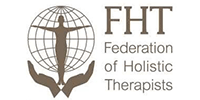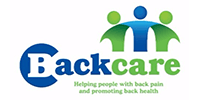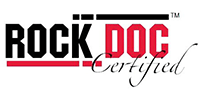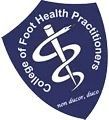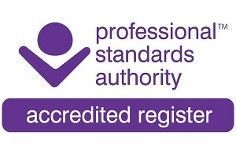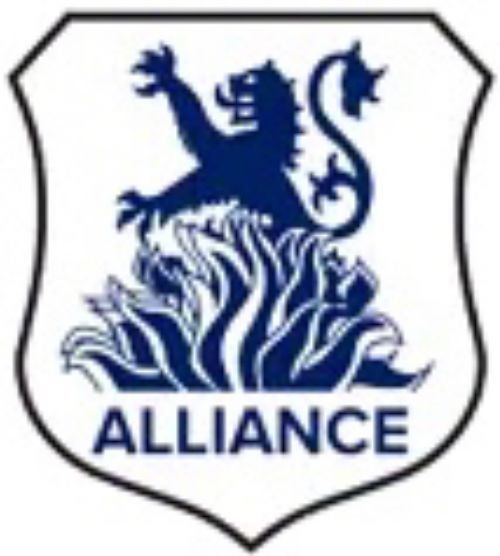What Does Reflexology Do?
What Does Reflexology Do?
What is Reflexology?
Reflexology is a therapeutic massage that corrects imbalances throughout the body by targeting reflex points on the feet. This form of treatment is based on the theory that pressure points on the feet and hands are connected to organs and other tissues in the body. By applying pressure to these areas, reflexology can alleviate stress and pain.
At Therapy and Fitness Centre, our dedicated team of massage therapists perform reflexology massage using specialist techniques to ease the tension in your body.
How does reflexology work?
Reflexology acts as a natural remedy for stress, pain and tension in the body by balancing energy and targeting muscles and organs through reflex points in the feet.
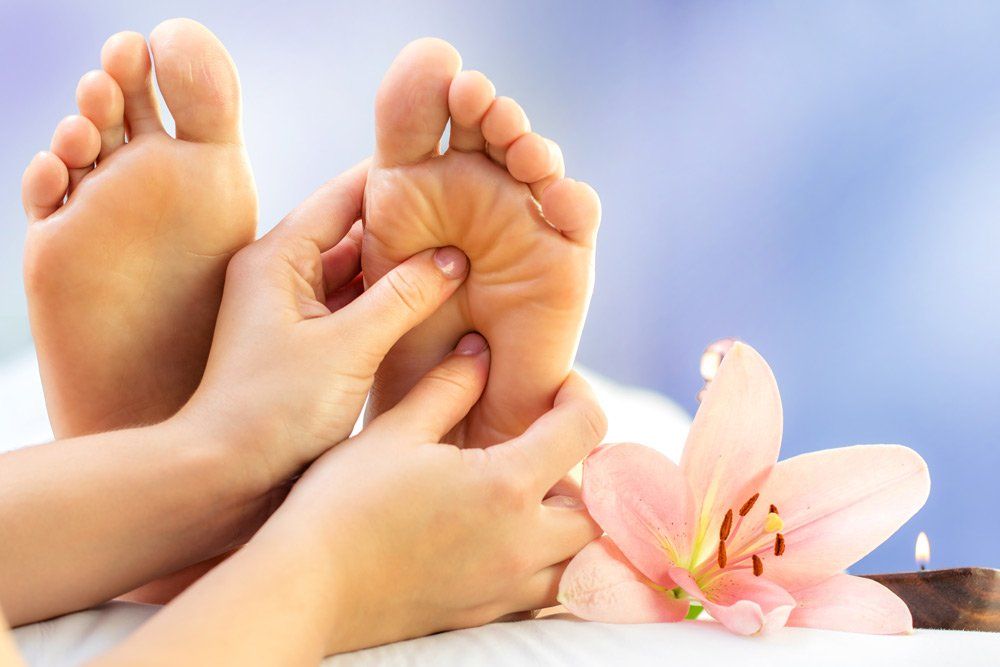
What are the benefits of reflexology?
Helps relieve sciatic pain
Reflexology can act as natural relief for those who suffer from recurring sciatic pain. It combines deep tissue pressure with gentle movements to alleviate irritation and compression along the sciatic nerve.
Corrects imbalances throughout the body
By targeting reflex points in the feet, reflexology corrects imbalances throughout the whole body; the ancient practice encourages all areas of the body to work harmoniously together.
Aids digestion
Reflexology can act as a digestive aid by stimulating the digestive system and allowing areas of your digestive system to relax and reset. This means it works as a natural remedy for constipation and recurrent IBS.
Relieves back and shoulder pain
Reflexology works to reduce inflammation throughout the body and can ease muscular pain caused by overstretching during sporting activities.
Relaxing
One of the greatest benefits of reflexology is that it is a gentle and soothing massage that aids relaxation. The release of endorphins and dopamine lead to relief from aches and pains in the body as well as decreasing levels of anxiety.
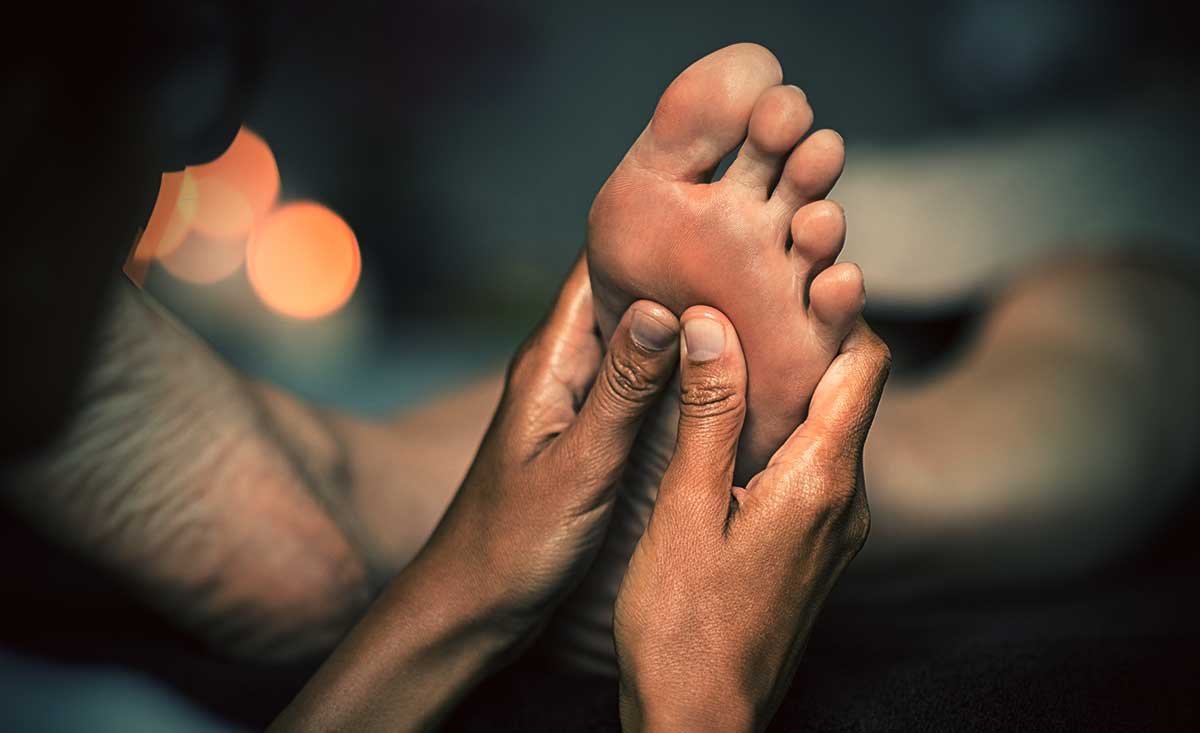
Contact Us
If you’d like to benefit from reflexology at the Therapy and Fitness Centre or for enquiries about our other massage and therapy treatments, please get in touch today.
Sign up to our newsletter to receive a £5 voucher towards the cost of your first treatment.
01926 833003 | info@therapyandfitness.co.uk
